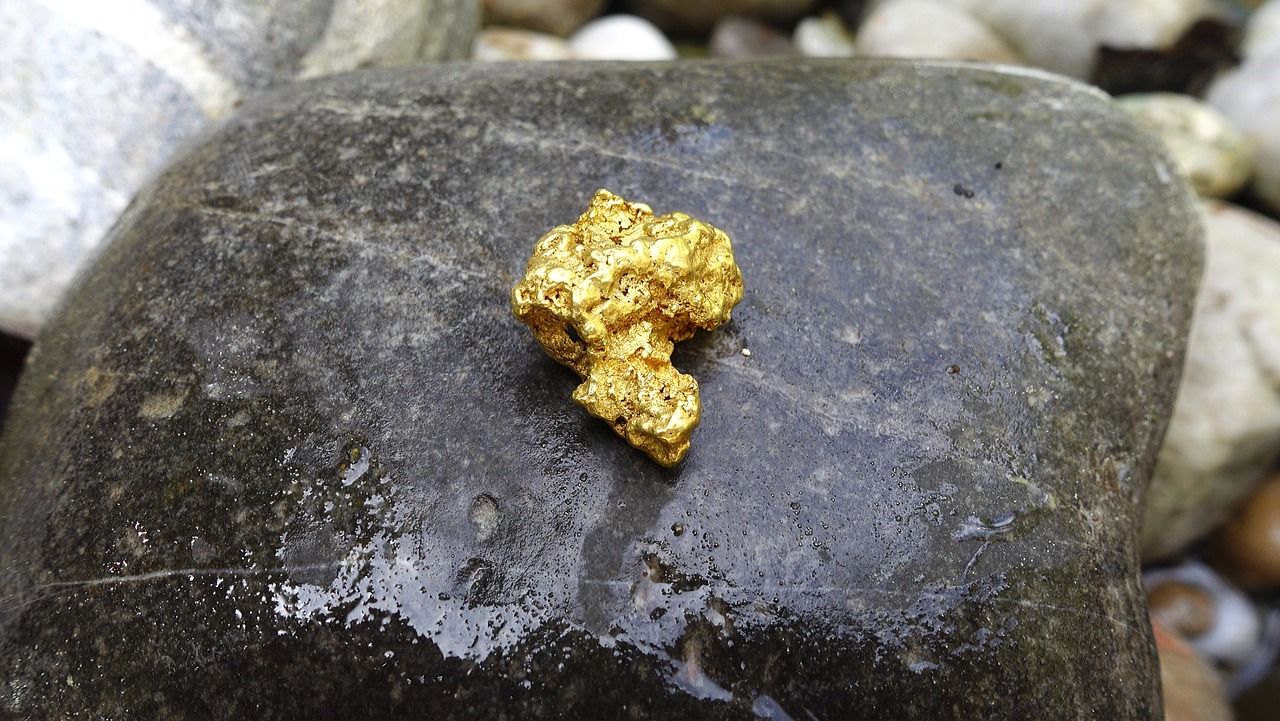How earthquakes transform quartz into gold mines
Published by Cédric,
Author of the article: Cédric DEPOND
Source: Nature Geoscience
Other Languages: FR, DE, ES, PT
Author of the article: Cédric DEPOND
Source: Nature Geoscience
Other Languages: FR, DE, ES, PT
Follow us on Google News (click on ☆)
Gold nuggets may not form solely through slow, passive accumulation. Instead, sudden shocks could propel them to the surface, defying established geological laws.

Illustration image from Pixabay
For decades, researchers have been intrigued by quartz veins filled with gold, particularly by their ability to concentrate this precious metal into large nuggets. This puzzle may now have an unexpected answer.
According to a study published in Nature Geoscience, electricity and seismic tremors play a key role. Christopher Voisey's team at Monash University, Australia, proposes that quartz, when under pressure, generates an electric charge. This piezoelectricity may allow dissolved gold particles in geological fluids to crystallize.
When an earthquake shakes quartz plates, an electrical discharge is created. Gold particles would then be drawn to already-formed grains, accelerating their growth. This process could explain the formation of the massive nuggets observed.
Voisey's experiments confirmed this by applying vibrations that simulate seismic events. By immersing quartz plates in solutions containing gold and shaking them with a machine, the same effect was indeed reproduced. Result: gold grains quickly deposited onto the quartz.
In areas frequently subjected to seismic activity, these nuggets grow over time. The first particles attract subsequent ones, forming increasingly larger clusters. A true cycle of gold accumulation orchestrated by nature.
For Thomas Gernon, a geoscientist at the University of Southampton, these findings are consistent. Gold-rich nugget zones are often located in tectonically active regions, supporting this unique electrogenic mechanism.
Christopher Voisey concludes that these findings, though surprising, open up new perspectives for mining exploration. Geologists may now be able to track quartz's electrical signals to locate potential gold veins.
What is piezoelectricity?
Piezoelectricity is a phenomenon where certain materials, like quartz, generate an electrical charge when subjected to mechanical pressure. Discovered in the 19th century, it's used in various devices, such as lighters or quartz watches.
This phenomenon results from the unbalanced crystalline structure of certain materials. Under stress, the atoms shift, creating an electric field. This principle is central to the recent study linking earthquakes to the formation of gold nuggets.